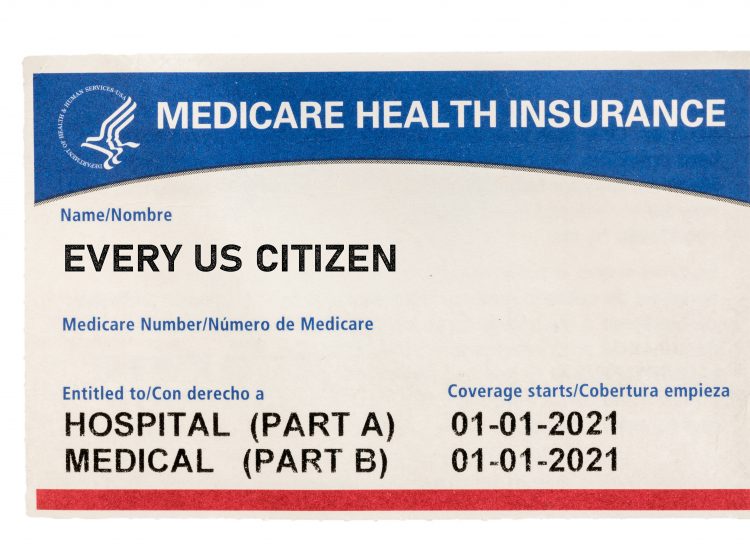At last, it’s time to retire. Or you decided that your employer’s plan is too expensive and looking at options. If you are 65 or older Medicare is your option. You already have Medicare Part A but need Part B & D.
At 65 you automatically get Medicare Part A if you qualify, even if you have employer’s coverage. Part A becomes primary as your employer’s coverage will be secondary; however, you do not need to enroll in Medicare Part B or Part D if you have creditable coverage through your employer. Your employer’s coverage will be primary for Part B & D services.
Before discontinuing your employer’s coverage there are several steps to take.
- Above all check with your Human Resource Department on what your benefits will be when retiring.
- Determine if your employer’s coverage will continue into retirement and if the benefits are “richer” than Medicare’s. In addition, Medicare Part B has a premium; in 2021 it is $148.50 per month.
- Consider spouse’s coverage. If your spouse is under 65 and covered by your current plan you may need to provide them with healthcare coverage. Many can have the spouse covered under COBRA through their former employer. If not, a plan can be purchase from a carrier within your region. In the Philadelphia region a good plan can cost over a $1,000 per month for someone in their 60’s. Depending on the household income a subsidy can be applied reducing the premium to a few dollars per month. Or if the spouse is still employed, they may be able to enroll into their employer’s plan.
- If you decide it is time to use Medicare. If you are collecting cash benefits from Social Security at 65 you will be enrolled in Medicare Part A & B. Otherwise you will need to enroll in Part B.
- Leaving or losing a healthcare plan after 65 entitles you to a Special Enrollment Period (SEP). A SEP gives you the option to enroll in Medicare Part B during a 60-day period before you leave your plan and 60-days after you leave the plan. If you do not enroll during the SEP you will not be able to enroll in Part B until Open Enrollment which is January 1 to March 31 each year. You might be subject to a lifetime penalty surcharge for not enrolling in Part B when eligible.
- To enroll in Part B after having Part A you will be required to submit a form CSM-40B to your local Social Security office. The form can be found here at the Medicare Website, https://medicare.gov. The form is basic and has instructions attached. In Section 12 – Remarks – write in the month that you want Part B to be effective which is the first month after your current plan ends, ie: “Please make Part B effective on Month and Year”. In this way you are coordinating the ending of your current healthcare plan and the start of Medicare. Medicare may take up to 6 weeks to process your application before issuing your new Medicare cards. Regardless, your plan will be effective on the first of the month you requested.
- Medicare may request a form be submitted by your employer about your healthcare plan status. If requested, this form must be submitted before Part B is effective.
- Once Part B is approved and before the effective date you can enroll in a Medicare Advantage Plan or a Medicare Supplement Plan. These plans will take care of the 20% cost that Medicare does not cover. During the SEP, it is a Guaranteed Issue period where the carrier can not turn your application down for health-related reasons. There are a few exceptions.
- During that same period, you must enroll in a Part D plan, Prescription Plan, which is sold separately by private companies. Some Medicare Advantage Plans will have a prescription component. Again, if you do not enroll in a Part D plan you may be subject to a lifetime penalty surcharge for not enrolling when eligible.
For the most part, that is the process. If you need help in enrolling feel free to call Mike Fisher at (610) 420-6064 for help, advice and to discuss the various plans that Mike represents.
More information on enrolling in Medicare can be found at Medicare.gov.

